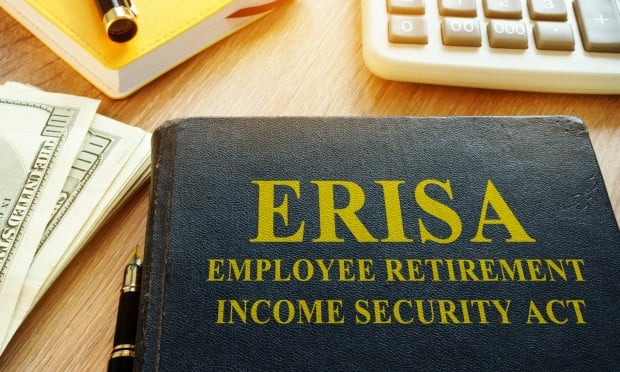March 3 (Bloomberg) — Consumer spending in the United States climbed more than forecast in January, reflecting the biggest increase in services in over 12 years as Americans began to enroll for the Obama administration's health care program.
Household purchases, which account for about 70 percent of the economy, rose 0.4 percent, after a 0.1 percent gain the prior month that was smaller than previously estimated, Commerce Department figures showed today in Washington. The median forecast of 76 economists in a Bloomberg survey called for a 0.1 percent rise. Incomes advanced 0.3 percent.
Outlays on services were boosted by $29 billion at an annual rate in January based on estimates of Medicaid benefits and enrollments in the Affordable Care Act insurance exchanges, the Commerce Department said. Improvement in hiring and rising wealth underpinned by housing and stock-market gains will keep providing consumers with the means to spend on a broader swathe of goods and services that will boost economic growth.
Continue Reading for Free
Register and gain access to:
- Breaking benefits news and analysis, on-site and via our newsletters and custom alerts
- Educational webcasts, white papers, and ebooks from industry thought leaders
- Critical converage of the property casualty insurance and financial advisory markets on our other ALM sites, PropertyCasualty360 and ThinkAdvisor
Already have an account? Sign In Now
© 2024 ALM Global, LLC, All Rights Reserved. Request academic re-use from www.copyright.com. All other uses, submit a request to [email protected]. For more information visit Asset & Logo Licensing.








